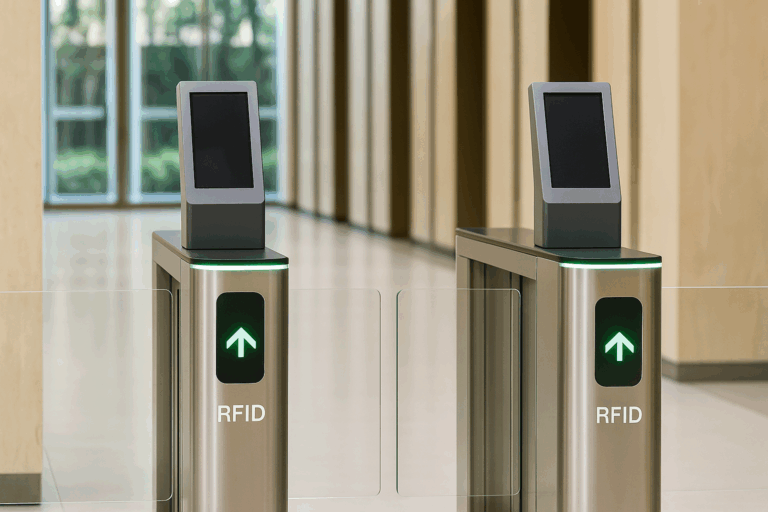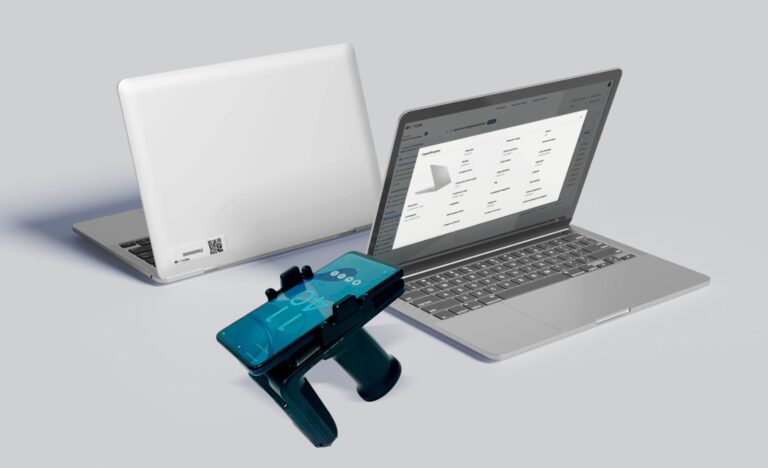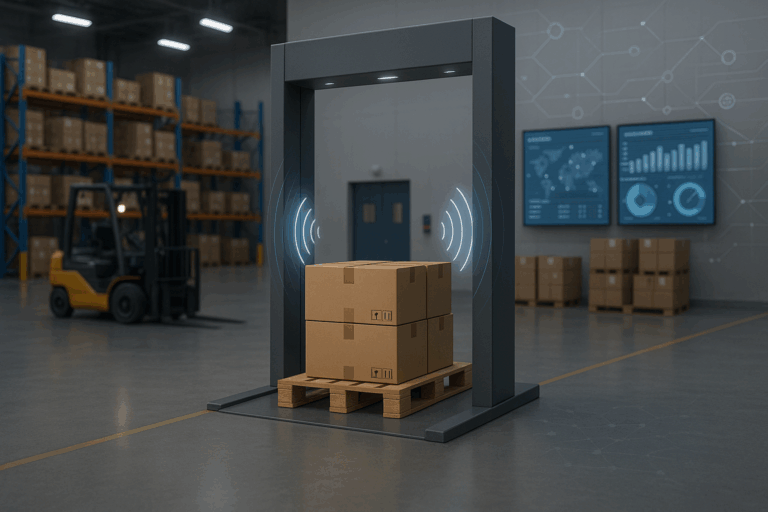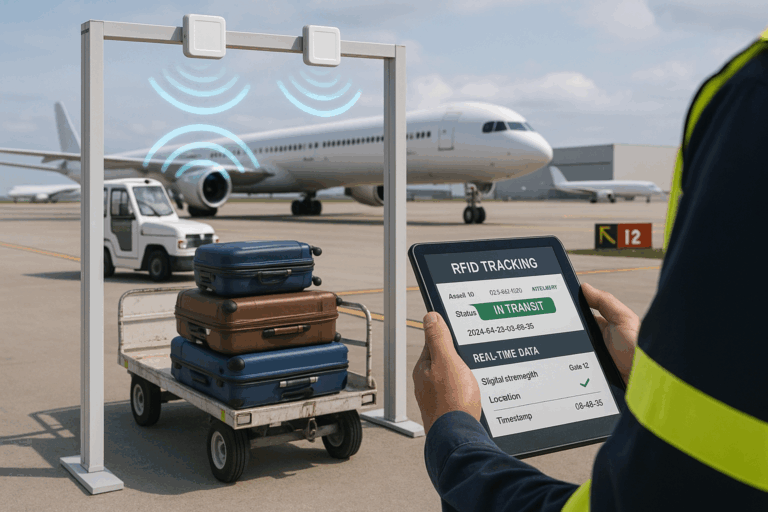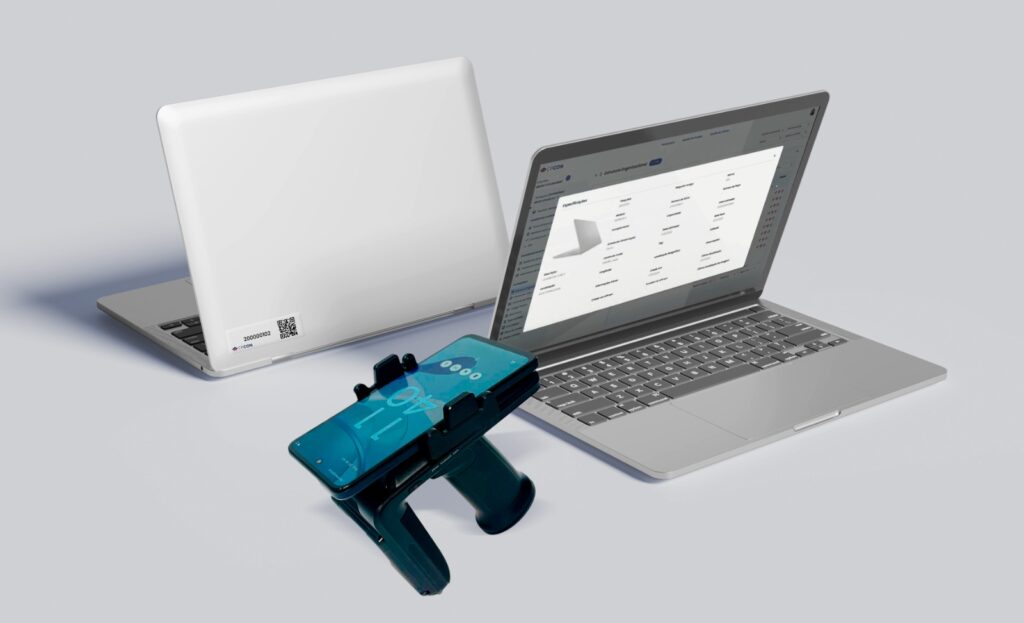An inventory audit is essential to ensure accounting accuracy, asset control, and regulatory compliance in industrial companies. It is a structured process that verifies the existence, condition, and value of fixed assets such as machinery, equipment, vehicles, and property. Additionally, the inventory audit plays a vital role in fraud prevention, avoiding financial losses, and supporting strategic decision-making.
In a scenario of increasing pressure for accounting transparency, compliance with IFRS standards, and operational efficiency, conducting inventory audits is not just a requirement — it’s a competitive advantage. In this guide, we explore the key challenges industries face during asset audits and how to overcome them through planning, technology, and strategic partnership with CPCON.

Table of Contents
ToggleWhat is an inventory audit and why does it matter?
An inventory audit is a fundamental practice to ensure that a company’s financial records match the physical reality of its assets.
It goes beyond a simple count: it involves verifying the existence, location, condition, and use of fixed assets — such as industrial machinery, tools, office furniture, and vehicles.
According to IAS 16, part of the IFRS framework (International Financial Reporting Standards), companies must maintain accounting records that reflect the actual condition and useful life of their assets.
This means that the values recorded on balance sheets must accurately reflect the recoverable amount of those assets — which can only be assured through regular and well-executed audits.
Beyond compliance, the inventory audit is directly tied to corporate governance and risk management. An asset that no longer exists but remains on record artificially inflates the balance sheet.
Likewise, equipment that has changed location or function without system updates can trigger operational, tax, or compliance issues in external audits.
Let’s consider a realistic scenario: an industrial plant operating in three shifts transfers a vital piece of equipment from Line 2 to Line 1 during scheduled maintenance.
However, the movement is never updated in the ERP system. A month later, the company hires an external consultancy to conduct an inventory audit. The auditors fail to locate the equipment in Line 2 and classify it as “missing,” creating inconsistencies and raising suspicions of loss.
Such minor oversights can lead to accounting reclassifications, depreciation adjustments, and even tax reporting issues.
The core objectives of an inventory audit include:
- Accounting and regulatory compliance: Ensure alignment with standards like IAS 16 and provide reliable records for external audits (PwC, EY, BDO, etc.).
- Asset integrity: Confirm that registered assets exist, are properly valued, and are not subject to unrecognized obsolescence.
- Fraud prevention: Prevent unauthorized disposals, losses, or third-party misuse.
- Strategic decision-making: Support investment, substitution, merger, or sale decisions with trustworthy asset data.
The Fixed Asset Management Benchmark Survey (EY, 2023) found that companies conducting frequent physical inventories report 26% fewer adjustments in external audits and 31% greater accuracy in depreciation calculations.
Moreover, inventory auditing is a way to optimize resources. By deeply understanding their asset base, companies can reallocate idle machines, eliminate redundancies, prioritize maintenance, and reevaluate capital strategies.
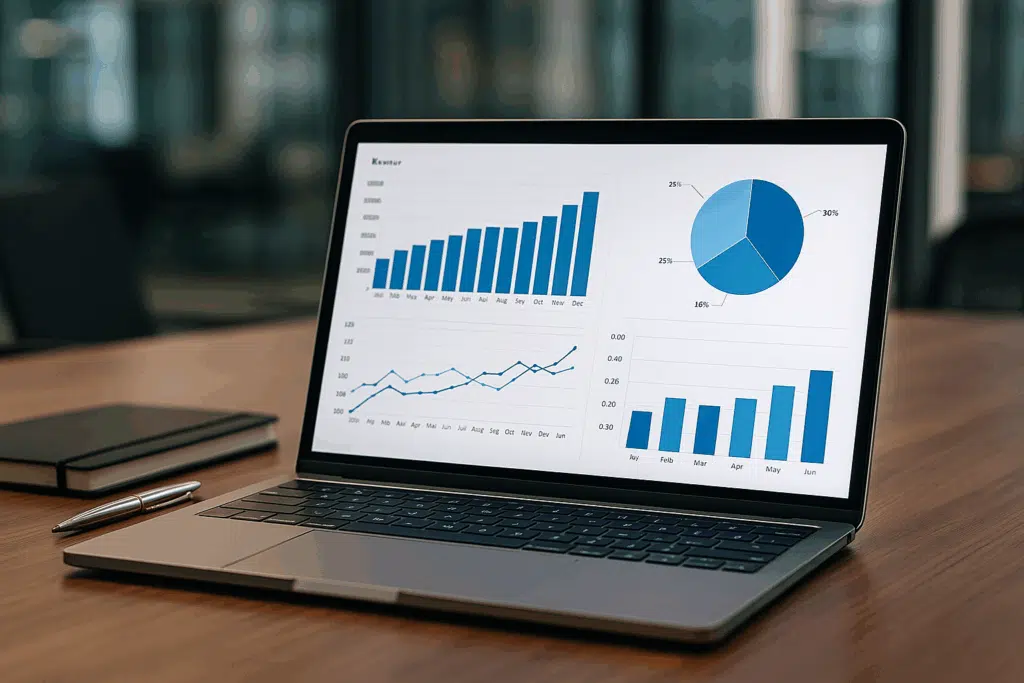
What are the main challenges in industrial inventory audits?
Companies in the industrial sector face specific challenges when it comes to fixed asset auditing. Below, we outline the four most critical bottlenecks encountered by CFOs, controllers, and asset managers.
Lack of visibility and control over assets
Industries operating across multiple locations or with extensive facilities often lose precise control over the location, condition, and usage of assets.
This creates uncertainty and opens space for errors, omissions, or even fraud.
Practical solutions
- Implement RFID tags for inventory, allowing real-time tracking.
- Use digital asset maps integrated with the ERP system.
- Develop dashboards with indicators of idle or untracked assets.
Inefficient or manual physical counting
A lack of automation makes audits more time-consuming and prone to human error. Companies still relying on spreadsheets to control assets face a high risk of inventory inconsistencies.
Example: An industrial plant that performs an annual count of over 20,000 assets may spend weeks on the process and still report error rates above 10%.
Practical solutions
- Use RFID readers and mobile devices with geolocation.
- Implement asset control software with discrepancy alerts.
- Train teams using regular simulation audits.
Poor integration between inventory and accounting
Without direct integration between asset management systems and accounting modules, data updates become slow and susceptible to communication errors.
This misalignment not only impacts internal reports but also hinders compliance with external audits and regulatory inspections.
Practical solutions
- Automate communication between the inventory system and ERP.
- Use BI tools for real-time reconciliation.
- Set monthly routines for cross-validation between departments.
Lack of effective internal policies and controls
Asset control begins with clear and enforceable policies. In many industries, asset movements, disposals, or revaluations are not formally tracked or are performed without adequate oversight.
Consequence: Increased risk of fiscal errors, inspection failures, and even legal complications.
Practical solutions
- Develop a formal asset management manual and review policies annually.
- Ensure segregation of duties between operational, accounting, and fiscal teams.
- Conduct quarterly internal audits focusing on asset movements and write-offs.
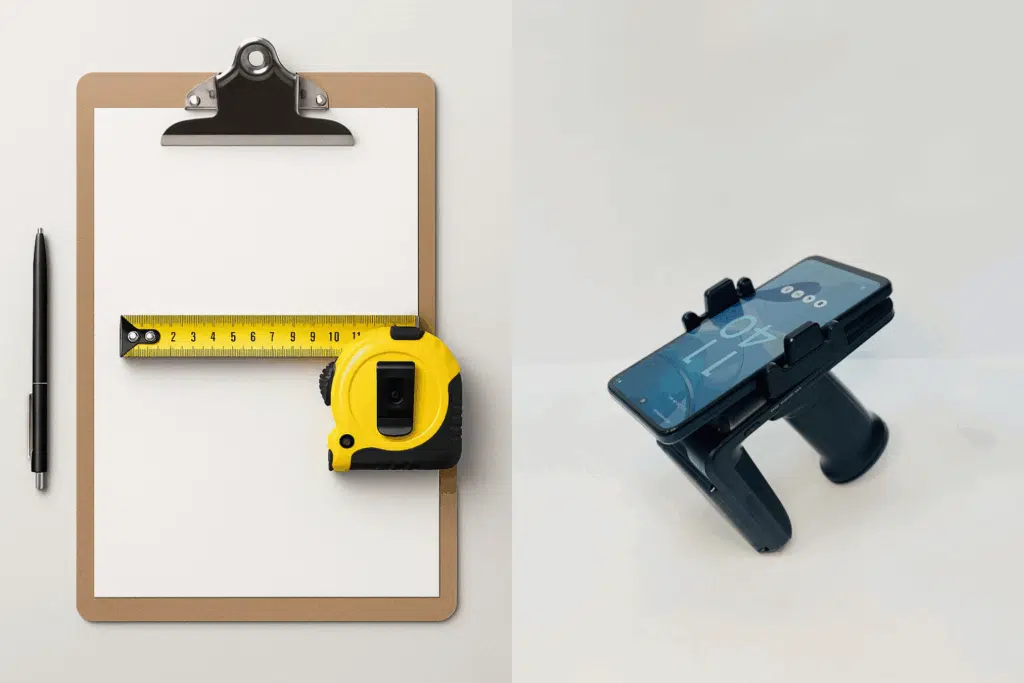
How technology is transforming fixed asset audits
Digital transformation has introduced a new perspective to inventory auditing. With the rise of technologies like IoT, machine learning, and cloud computing, asset audits have become not only faster but also more intelligent.
- Before: Spreadsheets, manual notes, rework, and low traceability.
- Now: RFID tags, real-time reading, control dashboards, and automated alerts.
Key benefits of automation
- Reduced operational costs.
- Fewer human errors.
- Increased speed and reliability of information.
According to internal market studies and CPCON’s field experience, companies using cloud-integrated RFID systems reduce audit execution time by up to 35%.
What is the ideal frequency for fixed asset inventory audits?
One of the most common questions among CFOs, controllers, and asset managers is: How often should a company conduct an inventory audit of fixed assets?
The answer depends on several factors, such as company size, asset criticality, operational complexity, and regulatory risk exposure.
However, based on international best practices and CPCON’s consulting experience, some strategic recommendations can be made:
Annual audits: the recommended minimum
Annual audits are ideal for most companies that aim to maintain inventory accuracy, financial transparency, and readiness for external audits. This cycle allows for timely adjustments based on typical accounting events like fiscal year-end, useful life reviews, and economic revaluations.
Additionally, yearly audits help track operational changes — such as asset transfers or equipment acquisitions — ensuring records are accurate before financial closing.
Semiannual audits: for high-risk or high-value assets
In asset-intensive sectors such as chemical, automotive, heavy construction, or mining, semiannual audits (or at least every eight months) are highly recommended.
These industries often handle high-value items with rapid depreciation, high maintenance costs, or safety-critical functions.
More frequent audits prevent unnoticed losses or obsolescence and enable timely identification of assets that require revaluation or replacement.
Quarterly or ad hoc spot checks: for critical assets or operational changes
Mission-critical assets — such as servers, medical equipment, industrial robots, or 24/7 fleet vehicles — should undergo quarterly verifications or spot checks.
These partial audits, also known as rotating inventories, don’t require full counts but instead focus on strategic items.
They are also recommended after:
- Mergers or acquisitions
- Facility closures or restructurings
- Security breaches involving physical assets
- Asset sale, leasing, or donation projects
In such cases, an extraordinary audit is key to ensuring the balance sheet reflects the company’s updated asset reality.
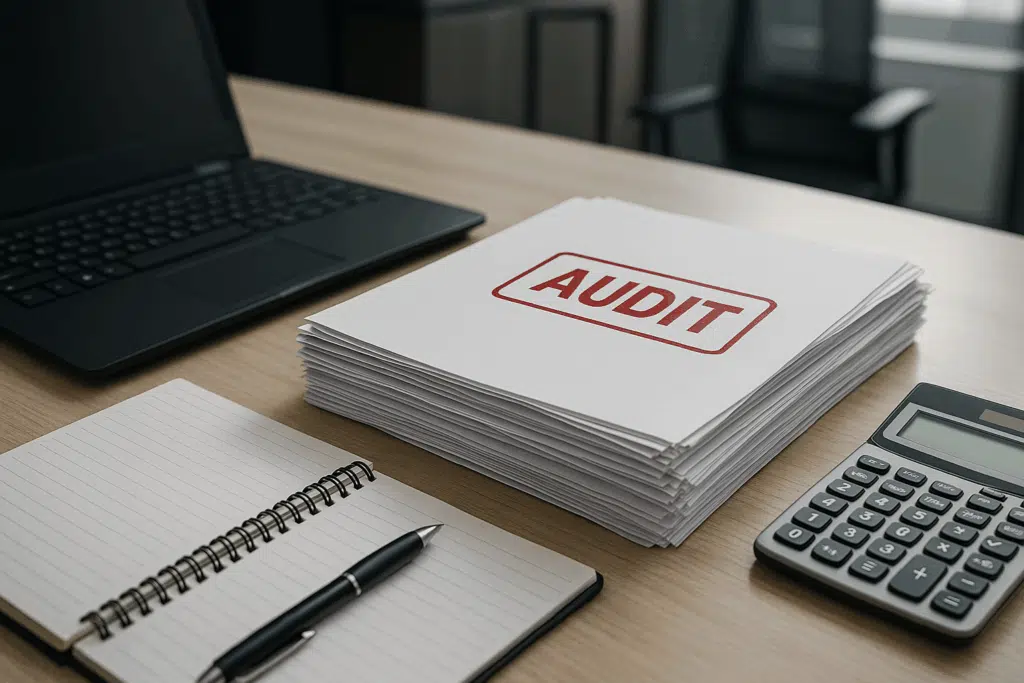
The 5 steps to mastering fixed asset inventory audits
Conducting an effective inventory audit goes far beyond listing assets in a spreadsheet. Achieving consistent, reliable, and auditable results requires structure, technology, and strategic focus.
Companies with a professional and systematic approach drastically reduce audit time and increase data accuracy.
1. Planning: the foundation of a successful audit
Define the scope of the audit: will it cover all assets or just those of a specific site? Will it focus on operational, administrative, or mixed-use assets?
Set timelines, assign responsibilities, and define KPIs — such as asset location rates, variance percentages, and average time per item.
2. Preparation: organizing your asset data
Gather all supporting documentation, including:
- Purchase records and invoices
- Internal control spreadsheets or ERP reports
- Depreciation schedules and useful life tables
- Expected physical location data
The more complete the dataset, the more effective the comparison during physical counts.
3. Verification: physical count with technological support
This phase involves the physical inspection and confirmation of asset existence, condition, and location. Audits often fail here due to manual processes or lack of methodology.
Use of technology: RFID readers, QR codes, mobile apps, and geolocation significantly reduce errors and speed up the process.
4. Reconciliation: making the numbers speak
Compare physical count data with accounting records to identify discrepancies, such as:
- Registered but missing assets (ghost assets)
- Found but unregistered items
- Mismatched data (location, category, responsible party)
Automated reconciliation tools linked to the ERP system help eliminate rework and streamline accounting adjustments.
5. Reporting and insights: delivering strategic value
The final step is creating a technical report with consolidated data, identified issues, and improvement recommendations. This document supports:
- Business decisions
- Budget planning
- Tax reviews
- Regulatory audits
Dashboards, risk assessments, and audit trails should be included to maximize the report’s value.
CPCON Solutions
With nearly three decades of experience in inventory auditing, CPCON combines advanced technology, specialized teams, and proprietary methodology. Key solutions include:
- Physical inventory using RFID, QR codes, and mobile apps.
- Cloud platforms integrated with SAP, Oracle, and Totvs.
- Policy modeling, compliance training, and governance support.
- Asset valuation and assistance with accounting revaluations.
Conclusion
A structured, technology-driven inventory audit is no longer optional — it’s a strategic requirement. Companies that maintain strong control over their fixed assets gain competitive advantages in governance, risk mitigation, and financial forecasting.
Overcoming the challenges described above requires planning, smart tools, and a partner with proven expertise. CPCON is ready to support this transformation at every stage of your asset audit process.
FAQ – Inventory Audit
What is an inventory audit?
An inventory audit is the systematic process of verifying whether the physical assets recorded in a company’s balance sheet actually exist, are in good condition, and are accurately valued.
What is the difference between a fixed asset audit and an asset (or full) audit?
A fixed asset audit focuses on long-term tangible assets like machinery and equipment. An asset audit, or full asset verification, covers all types of assets, including movable, immovable, and financial assets.
How does an inventory audit support accounting compliance?
It ensures that all asset records comply with international accounting standards, such as IAS 16, reducing the risk of discrepancies in financial reporting and external audits.
What is inventory reconciliation?
Inventory reconciliation is the process of matching physical asset data collected during fieldwork with the information in financial and accounting records, identifying and correcting discrepancies.
What technologies assist in inventory audits?
Technologies such as RFID, barcode scanners, asset management software, ERP integration, and IoT devices help streamline and automate the audit process.
How can errors in physical asset counting be reduced?
By automating the audit process with mobile scanners and conducting regular cycle counts throughout the year to prevent accumulation of errors.
How can CPCON help with inventory audits?
CPCON provides complete inventory audit services, including physical asset verification, systems integration, compliance consulting, and asset tracking technology to help your company overcome inventory challenges with efficiency and security.



